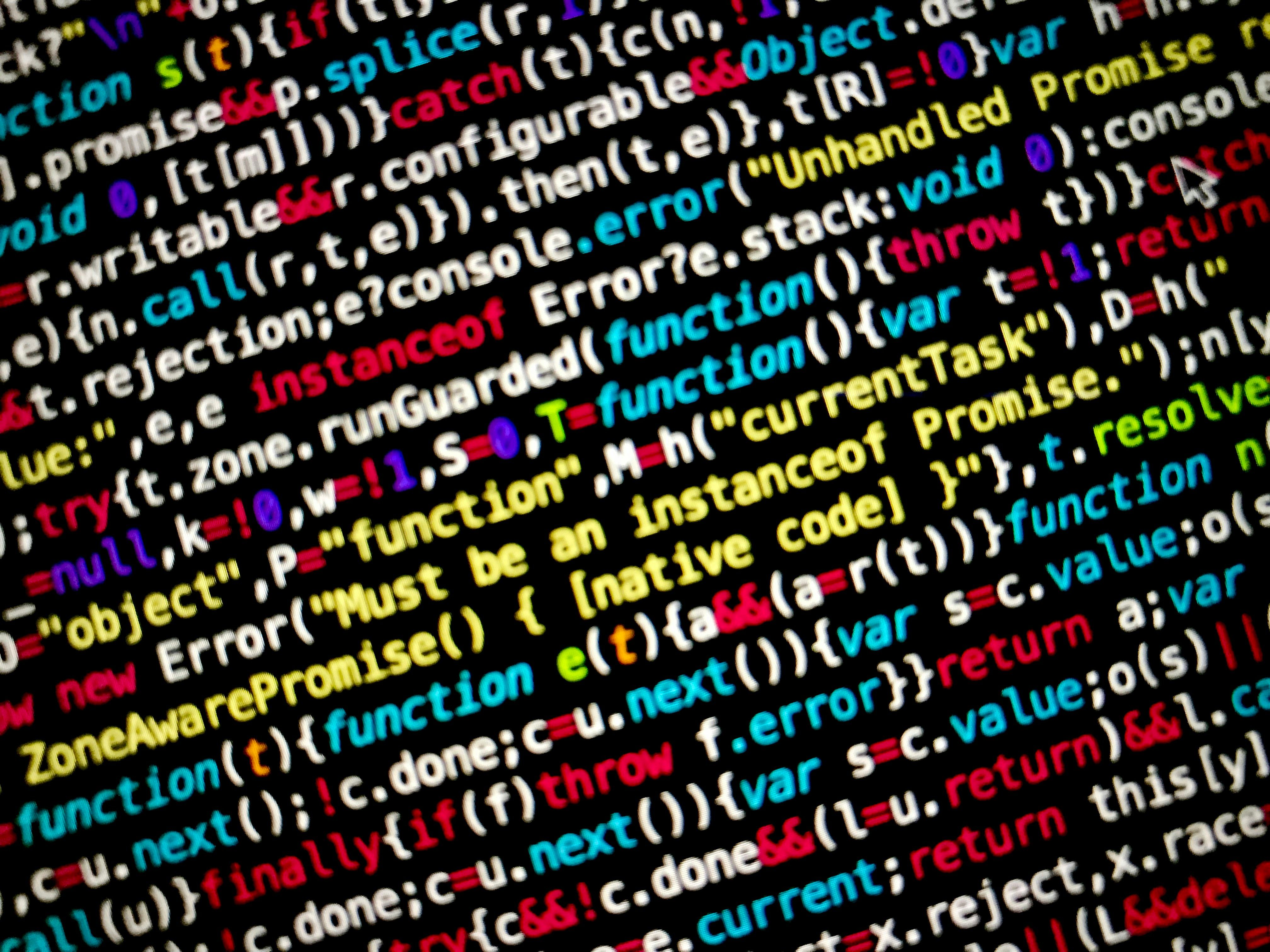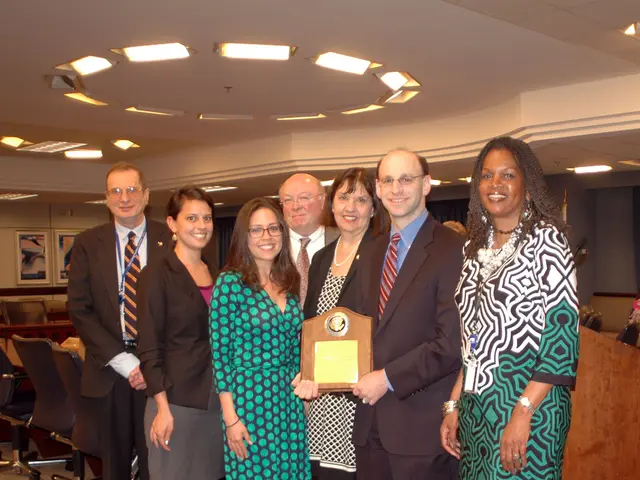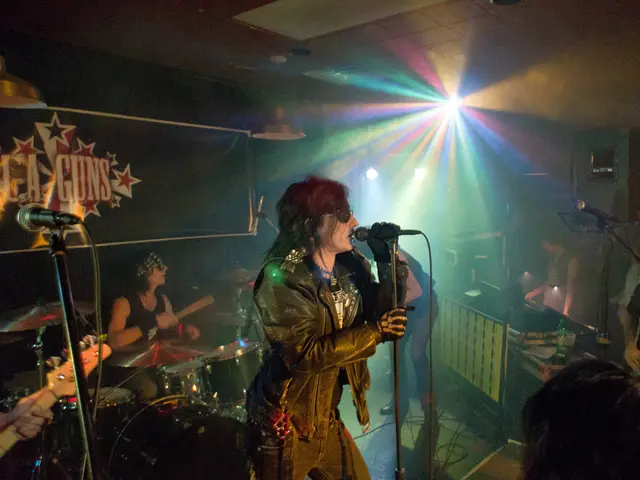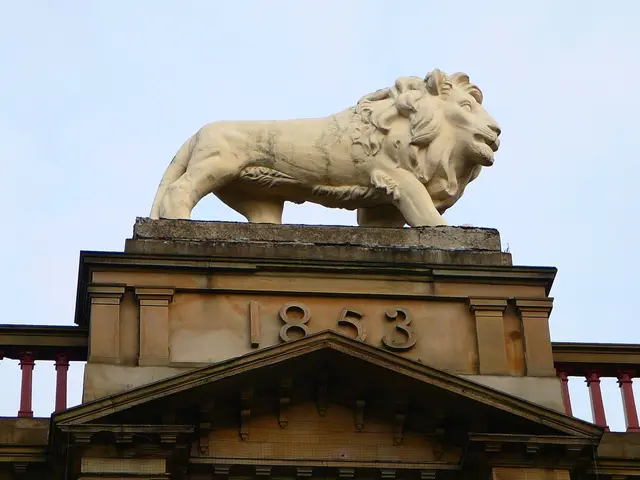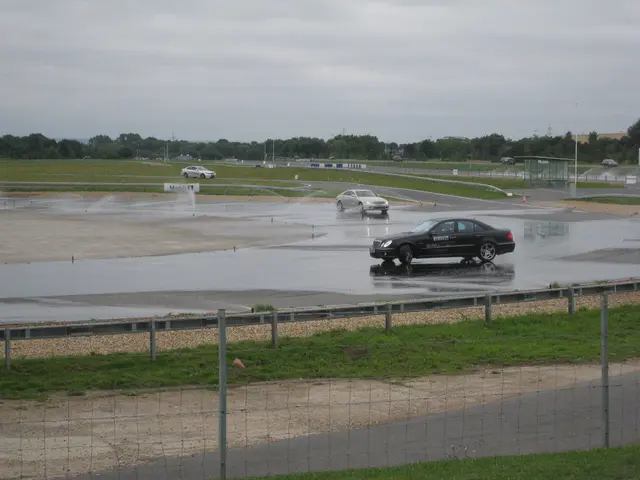Lighting the Scepter: Unveiling the Intricate Vatican Election Process Known as the Papal Conclave
- by Frank Ochmann
- and Bettina Müller
- 4 Min
The Throne of Saint Peter Stays Vacant

Inside the Hallowed Halls: Unveiling the Process of the Papal Election in the Vatican - Vatican's selection procedure for the new pontiff is underway
The papacy ends through death or resignation, marking the commencement of a meticulously regulated process. The contemporary system dates back to John Paul II and underwent slight modifications under Benedict XVI.
Cardinals Converge in Rome ...

As of now, the total number of cardinals, including those above 80, counts 252. Only cardinals who are under 80 on the day preceding the sede vacante are eligible to vote. In the current conclave, there are 136 eligible cardinals.
... for the General Congregation
During the cardinals' daily gatherings, essential administration takes place in the Vatican, while the election is prepared. These sessions also facilitate familiarization and opinion formation among the participants. All attendees take an oath of secrecy.
A solemn mass is held over the tomb of Peter, seeking divine assistance for the forthcoming election.
Beginning of the Conclave
In ordinary instances, 15 full days, at most 20, must pass before the election begins. A speedier date can be chosen if everyone is present.
The "electors" attend the conclave. They invoke the "Holy Spirit" with a hymn. In the Sistine Chapel, the cardinals swear their oaths. Then they are secluded. "Extra omnes", the master of ceremonies calls out, "everyone out".
Voting Procedures
Generally, the first vote takes place on the first day of the conclave in the afternoon. There are two votes in the morning and two in the afternoon each day thereafter.
The cardinals, who have been sworn in again, cast their votes in writing on prepared ballots with disguised handwriting. The ballots are folded twice and placed in an urn. Any unmarried male Catholic, of sound mind, and sharing the Church's faith can potentially be elected.
A candidate must receive at least two-thirds of the votes to secure the position.
If no candidate is elected after tallying, the ballots are burned. Black smoke from the Sistine Chapel signifies an unsuccessful vote.
In the event of 34 unsuccessful votes, a runoff election takes place afterward, following a period of reflection.
Following a Successful Vote
The chosen candidate is queried if he accepts the office. If he accepts, he then chooses his future name.
White smoke and the tolling of St. Peter's bells signal a successful election.
Robing
In the "tear room", a side chamber of the Sistine Chapel, the Pope is attired. Robes in three sizes are available. If he is not yet a bishop, he will be consecrated instantly.
Declaring Allegiance
Following his robing, the new Pope settles on a throne. All present cardinals congratulate the Pontiff and pledge their allegiance and obedience.
The New Pope Appears in Public
A brief address to the assembled is given by the new Pope on St. Peter's Square. Subsequently, he imparts the initial blessing "Urbi et Orbi", to Rome and the world.
- The papal election process, known as the Papal Conclave, is initiated following the death or resignation of a Pope, marking the commencement of a meticulously regulated process.
- Only cardinals under 80 on the day preceding the sede vacante are eligible to vote in the Papal Conclave, with 136 eligible cardinals in the current conclave.
- The voting procedures in the Papal Conclave involve the first vote taking place on the first day of the conclave in the afternoon, with two votes in the morning and two in the afternoon each day thereafter.
- A candidate must receive at least two-thirds of the votes to secure the position of Pope, and if no candidate is elected after 34 unsuccessful votes, a runoff election takes place afterward, following a period of reflection.
